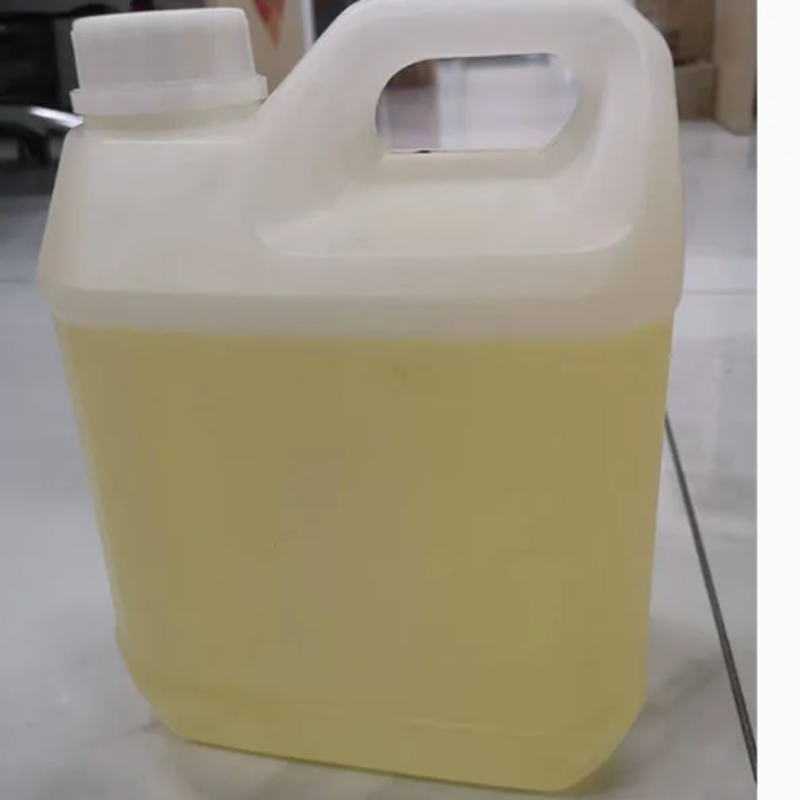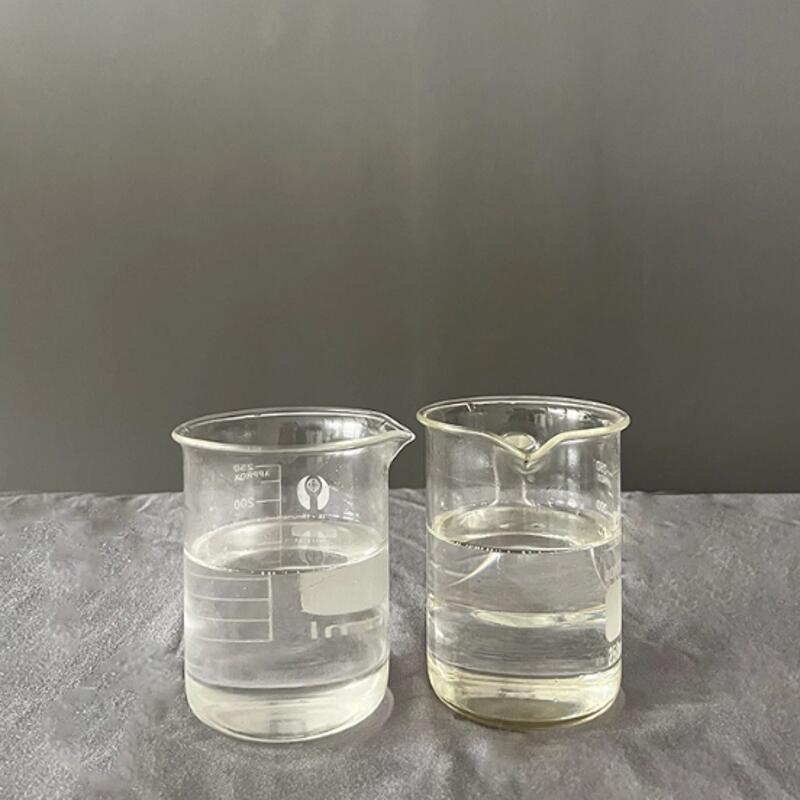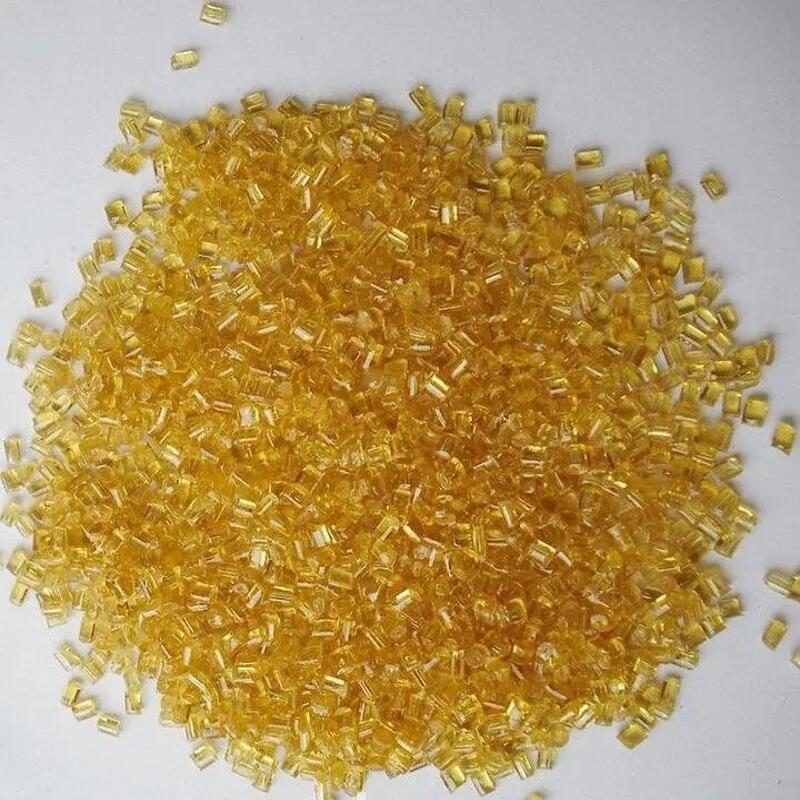-
Categories
-
Pharmaceutical Intermediates
-
Active Pharmaceutical Ingredients
-
Food Additives
- Industrial Coatings
- Agrochemicals
- Dyes and Pigments
- Surfactant
- Flavors and Fragrances
- Chemical Reagents
- Catalyst and Auxiliary
- Natural Products
- Inorganic Chemistry
-
Organic Chemistry
-
Biochemical Engineering
- Analytical Chemistry
-
Cosmetic Ingredient
- Water Treatment Chemical
-
Pharmaceutical Intermediates
Promotion
ECHEMI Mall
Wholesale
Weekly Price
Exhibition
News
-
Trade Service
The liquefied gas yield of the second heavy oil catalytic unit of Anqing Petrochemical Refinery reached 25.
08% in July, an increase of 0.
66 percentage points compared with June; the propylene yield increased by 1.
22 percentage points compared with June; the production of propylene was increased by 812 tons, which increased the company's growth rate.
The effect is obvious
.
Propylene is a chemical raw material for the production of acrylonitrile and butanol, and one of the main raw materials for the mask industry
.
The operation department cooperated with the relevant departments of the company to jointly tackle key problems around the goal of "increasing propylene production", optimize production in depth, and seek benefits from deep processing
.
At the same time, combined with the optimization of process technology and plant processing capacity, by using the plant's refining facilities, the light sewage oil and hydrogenated diesel oil are re-refined, and low-value materials are actively converted into high-value materials to achieve increased propylene production
.
The device further improved the operating severity, increased the reaction temperature to 531 °C, added propylene additives in time, and kept the upper limit of the heat generation and steam generation.
The yield increased by 0.
66 percentage points, and the propylene yield also increased simultaneously
.
At the same time, the operation of the absorption stabilization unit and the gas fractionation unit was optimized, and the carbon 3 content of the dry gas was controlled within 1.
5%, and the carbon 2 content of the liquefied gas was controlled within 0.
5%, so as to minimize the loss of propylene and improve the recovery rate of propylene
.







